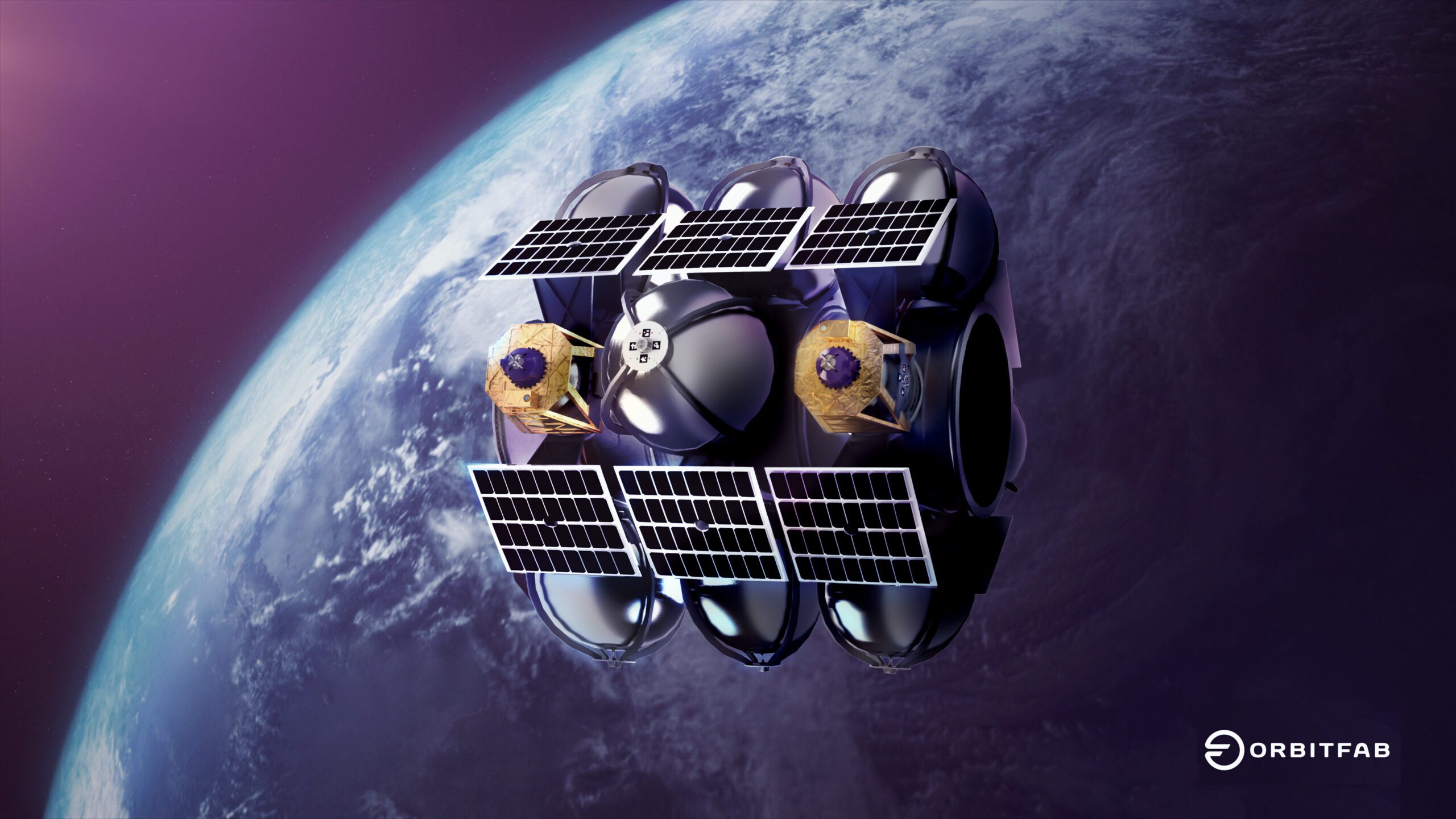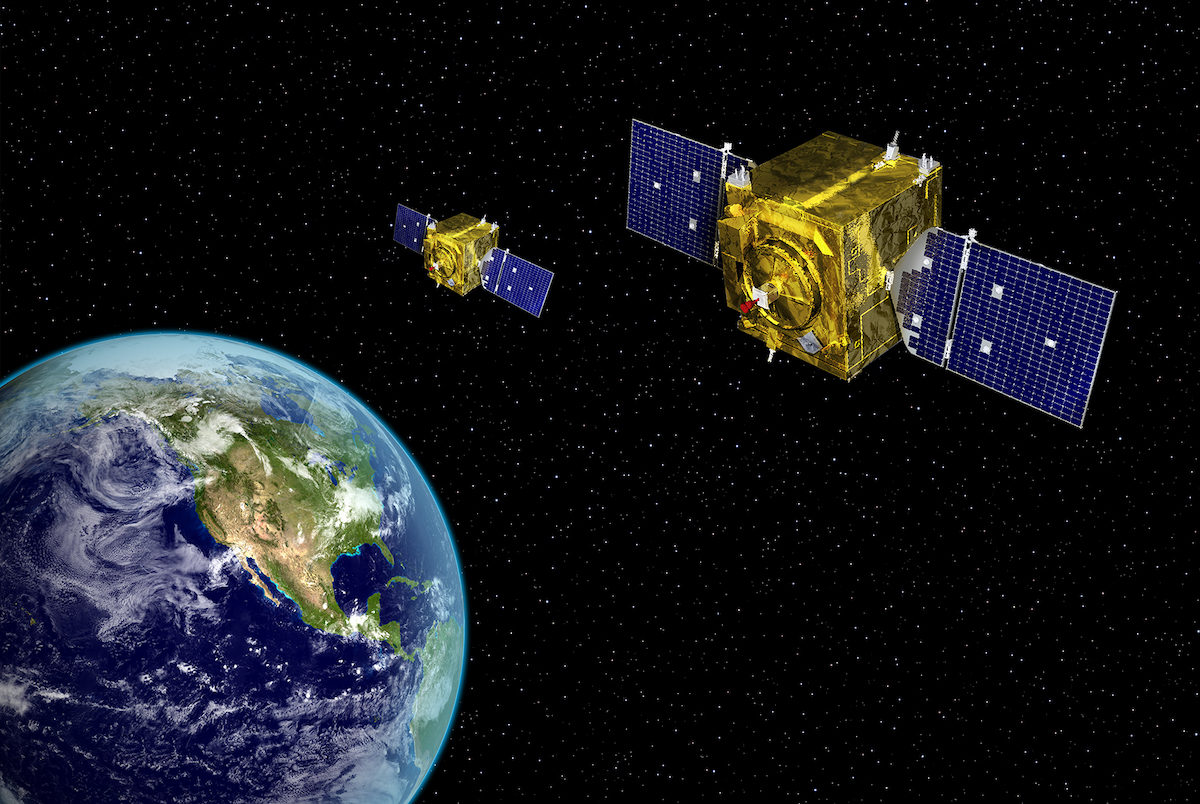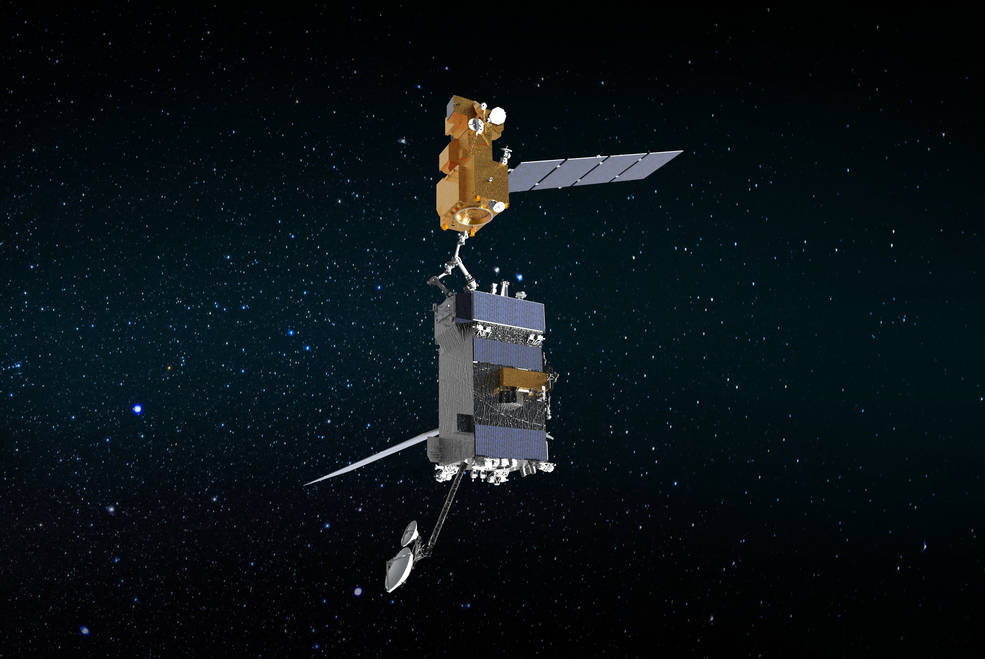Imagine you purchased a vehicle that needed to last eight years on a single tank of gas. You would probably avoid sharp accelerations, keep a close eye on the fuel gauge, and wouldn’t leave the driveway unless it was a vitally important trip.
That was the analogy outlined Thursday by Lt. Gen. John Shaw, deputy commander of US Space Command, for how the Space Force operates its reconnaissance satellites.
“The way we've been doing space operations since the dawn of the Space Age—we’ve been doing it wrong,” Shaw said in an event hosted by the Mitchell Institute for Aerospace Studies.
The military’s fleet of communications, navigation, early warning, and surveillance satellites never stray far from their operational orbits. Each spacecraft has a finite amount of fuel for its thrusters to change altitude or inclination (the angle of its orbital flight path relative to the equator).
But it’s time for the military to transcend the orbital limits imposed by celestial mechanics on a satellite with a single tank of fuel, Shaw said.
"There's an emerging set of platforms that we think have to overcome this positional approach," he said. "And they need to probably spend most of their lifetime changing their energy state and maneuvering, as opposed to staying in orbit… We have satellites that have projected lifetimes measured in years and fixed fuel tanks, so we just can't do that. And that is constraining our ability to do a lot of things we want to do at US Space Command."
US Space Command’s area of responsibility extends from the top of the atmosphere to the Moon and beyond. The Space Force, established as a new military branch in 2019, is responsible for equipping Space Command and other regional commands around the world with weapons, sensors, and personnel to respond to hostile threats.





 Loading comments...
Loading comments...
